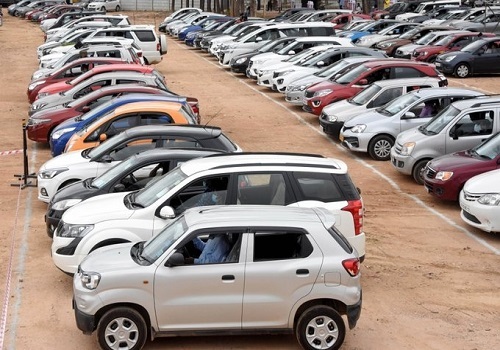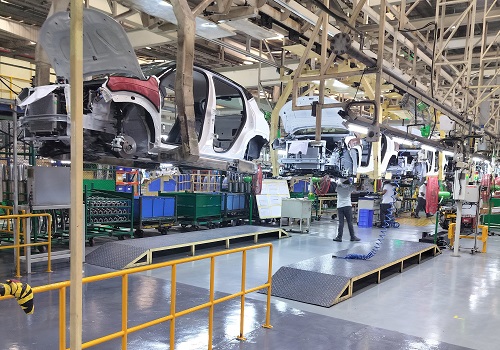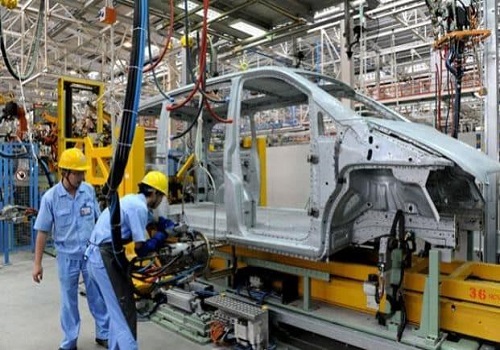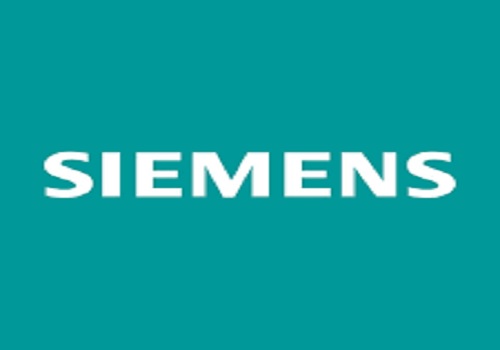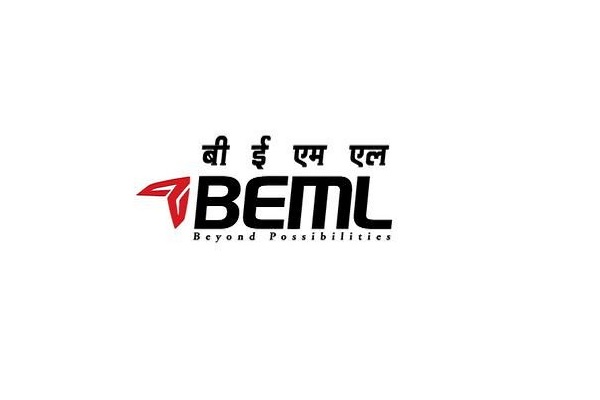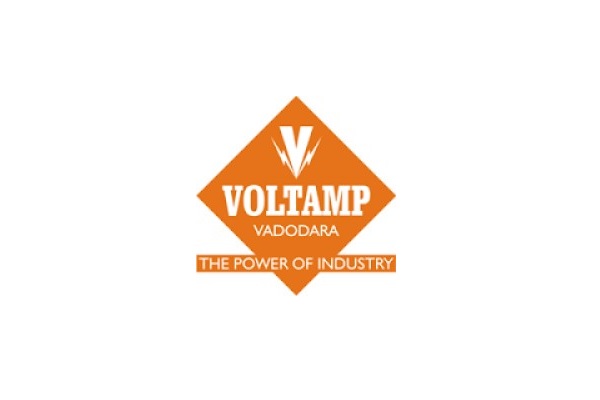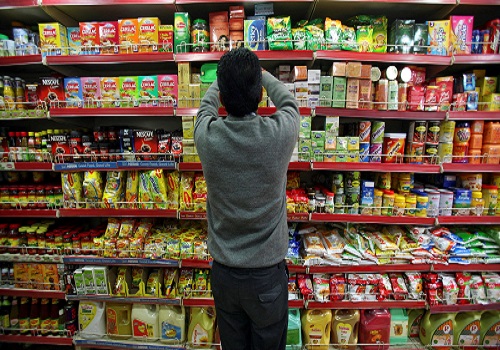Capital Goods Sector Update : Genset demand normalizing by Motilal Oswal Financial Services Ltd
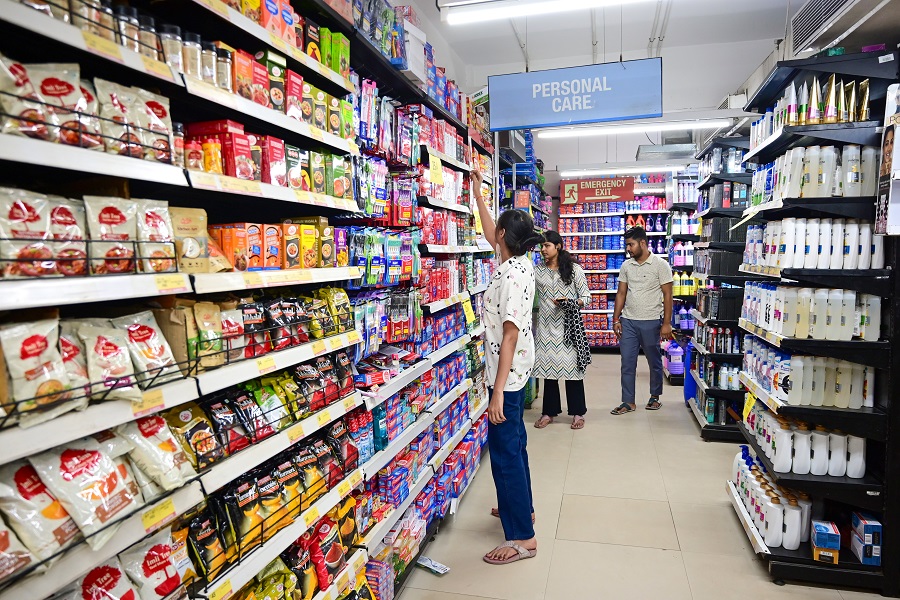
Genset demand normalizing
Genset channel checks
Our genset channel checks suggest that demand normalization on a YoY basis has been happening in most parts of the country, and players can grow their volumes between 10% and 20% YoY in 2QFY26. Since the implementation of CPCB 4+ norms in Jul’24, the industry will now experience a like-for-like comparison of demand and pricing levels in 2QFY26. Players have grown at different rates in volume terms, but pricing has broadly stabilized, and the industry is expecting a price hike of 3-5% in 1-2 quarters as commodity prices are inching up. We thus expect the revenue growth in the powergen segment for players for 2QFY26 to be driven largely by volume improvement. The HHP market continues to witness a healthy demand growth, with Cummins dominating the market and KOEL trying to increase its positioning in HHP. Export markets may remain volatile in the near term due to geopolitical issues. We maintain our positive stance on genset players and continue to reiterate our BUY rating on KKC (CMP: INR3,959, TP: INR4,500) and KOEL (CMP: INR890, TP: INR1,230).
Key highlights from our interaction with genset channel partners
Demand – Improving YoY but sequentially a bit soft
Demand has improved YoY, indicating normalization after the CPCB IV+ transition. Industry volumes have increased by 10–20% YoY, supported by a pickup in quick commerce, hospitals, educational institutes, industrial, commercial real estate, and retail, while demand is a bit soft in construction. The rental segment, which typically forms 5–8% of overall demand, remains weak. The medium- and high-horsepower (MHP/HHP) categories (200–1500 kVA) are driving most of the incremental growth, aided by steady offtake from data centers, manufacturing units, airports, and government projects. In contrast, the low-horsepower (LHP) market size has witnessed some contraction due to higher prices, preference towards second-hand purchases, and greater competition from low-cost players. Sequentially, 2QFY26 may see softer volumes, owing to seasonality, but overall, demand remains structurally steady and up YoY. Near-term trends reflect seasonal softness and regional disparities.
CPCB 4+ pricing has largely stabilized now; a modest hike expected ahead
The prices have stabilized after the volatility seen during the CPCB IV+ transition period. Competition was seen during 2QFY25-4QFY25, and players reduced prices in order to gain market share post the norm transition. Prices have now largely stabilized as most OEMs have aligned their pricing strategies. Among players, the price differential continues to remain, and Greaves Cotton, Ashok Leyland, and Eicher’s products remain cheaper than Cummins and KOEL, mainly in the 200–300 kVA range. Going forward, prices are expected to see a 3–5% upward revision in the coming quarters or at the end of FY26, largely due to rising copper prices. In the HHP market, Cummins continues to enjoy market leadership in the HHP segment despite other players trying to make inroads in the HHP segment. On pricing for HHP, Caterpillar continues to sell at a premium, with prices ~8-10% higher than Cummins
Distribution reach continues to differentiate players
The distribution segment growth will be driven by both the powergen and industrial segments. As highlighted by both companies in our interactions, the distribution segment will benefit from better aftermarket opportunities from sophisticated CPCB 4+ gensets. With almost one year of the installed base of CPCB 4+ gensets, the aftermarket opportunities for new products will start kicking in over the next six months. Companies have also taken a price hike of 5-10% in parts and will also benefit from integrated telematics in the new CPCB 4+ products. We thus believe that both KKC and KOEL have an edge over other players in terms of their superior quality product, installed base, and distribution reach. Players like Ashok Leyland, Tata, and Eicher are using their existing distribution network for gensets too, and Baudouin has partnered with Greaves Cotton.
Engineering exports up YoY over Jul-Aug’25
India’s engineering exports have been on the rise since Jul’24 (Exhibit 9). KKC’s export revenue growth has historically mirrored overall engineering exports, and we expect this trend to continue going forward. Cummins has a diversified presence across various export markets and is not overly exposed to the US markets. KOEL is still at a nascent stage as far as export markets are concerned and is trying to make inroads in the Middle East and US markets by using a GOEM model. We would keep a close watch on the overall exports of these players in light of the current geopolitical situation.
Key short-term monitorables
In the coming quarters, we will continue to monitor 1) demand improvement from current levels, 2) product mix of various players across kVA ranges, 3) stability of price points, 4) continuity of HHP demand from the data center market, and 5) recovery in the export markets.
Valuation and recommendation
KKC at INR3,959 is currently trading at 40.2x/34.6x P/E, and KOEL at INR890 is trading at 21.8x/18.7x P/E on FY27E/FY28E EPS. We value KKC at 42x P/E on twoyear forward estimates and KOEL at 25x P/E on two-year forward estimates for core businesses. We maintain our estimates and reiterate our BUY rating on both KKC (TP: INR4,500) and KOEL (TP: INR1,230).
For More Research Reports : Click Here
For More Motilal Oswal Securities Ltd Disclaimer
http://www.motilaloswal.com/MOSLdisclaimer/disclaimer.html
SEBI Registration number is INH000000412
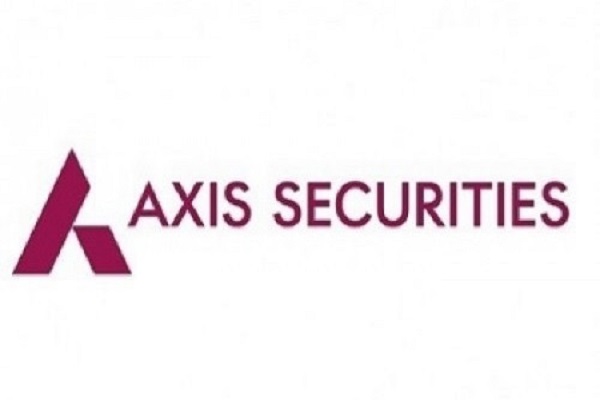
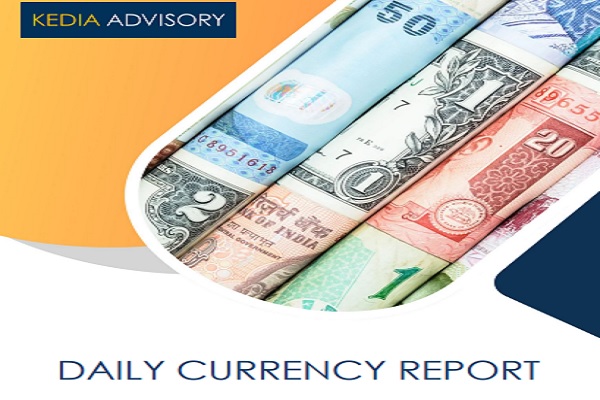

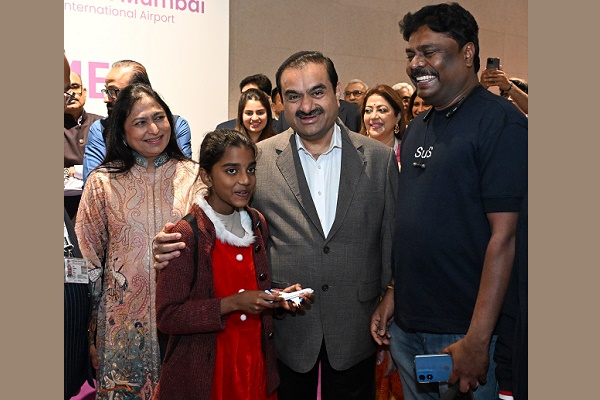




.jpg)
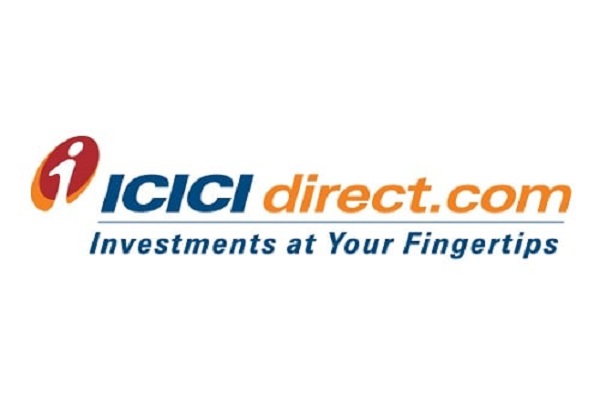
More News

Real Estate Sector Update : Ready reckoner catching up with realization growth over past two...

